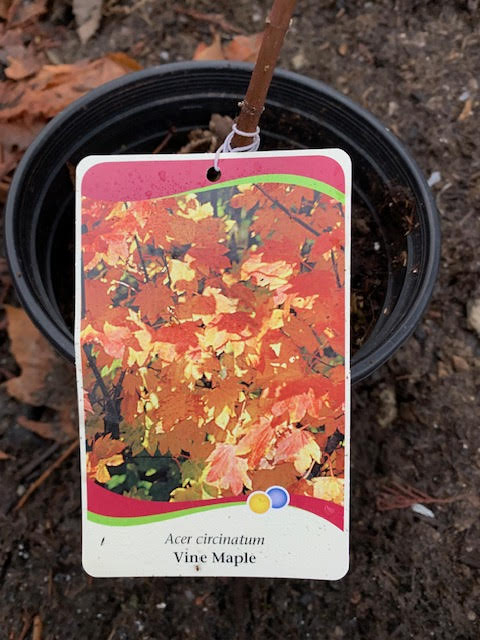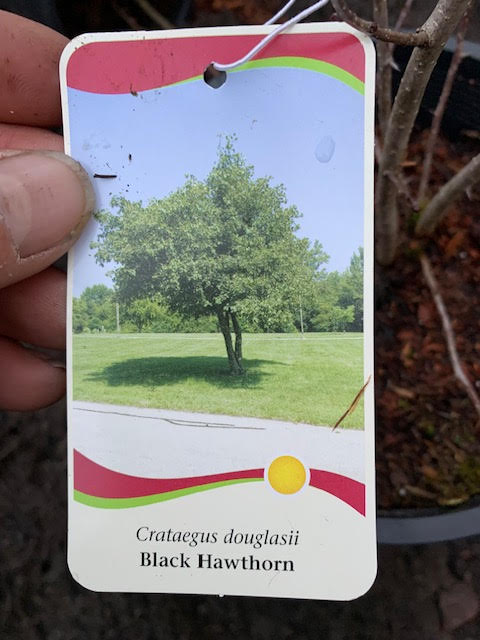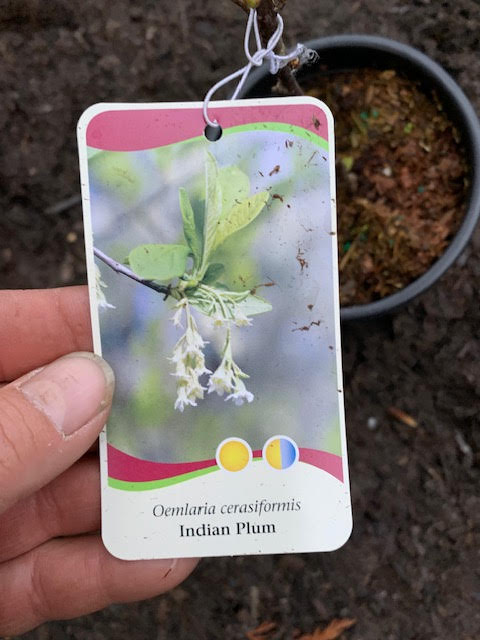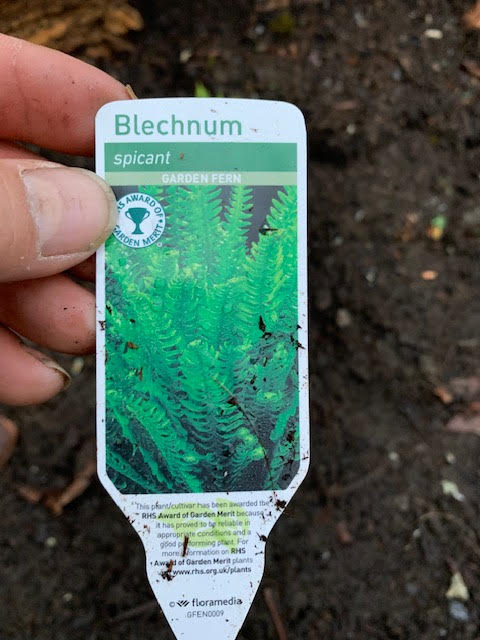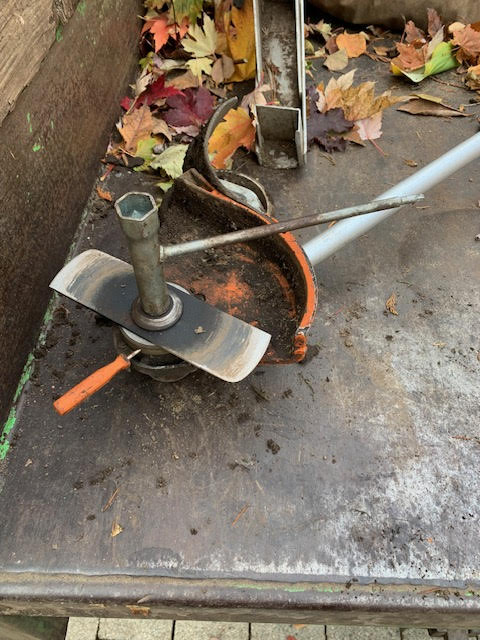Lawn care mastery online course
When I first put together my course outline, I had five of the biggest lawn care mistakes covered. The course was done and published on Teachable: greenfirstacademy.com. I thought I was done and I started working on course number two. But then I started noticing lawn creep at work and in online posts.
What’s lawn creep?
Lawn creep happens when the edge between say a sidewalk and lawn gets bigger and bigger. Eventually a large gap develops, giving the impression that the lawn is retreating from the sidewalk.
How does it happen? It’s caused by landscapers vertical edging with line trimmers from the lawn side. Since the line doesn’t hit the edge at precisely ninety degrees the way a blade edger can, the lawn edge gets shaved off on weekly or bi-weekly basis. Here’s an example.

What’s wrong with lawn creep?
Lawn creep looks ugly and, once the gap is wide enough, weed seeds will take hold in the gap. Now you’ve created extra weeding work for yourself. See below how beautiful the blade edger is. The difference is huge.
How to prevent lawn creep
The best way to prevent lawn creep is by using a blade edger with a skinny blade. Since the blade follows the hard sidewalk edge at ninety degrees, there is no creep. All we get is a sharp line that keeps the lawn from spilling over the sidewalk. Here’s an example:

I can hear the complaint: what if I don’t own a blade edger? No problem. When you vertical edge, stand on the sidewalk. That way if you don’t achieve the desired ninety degree angle, you will just chew up your line, not the lawn.
Lawn creep happens more than you think.
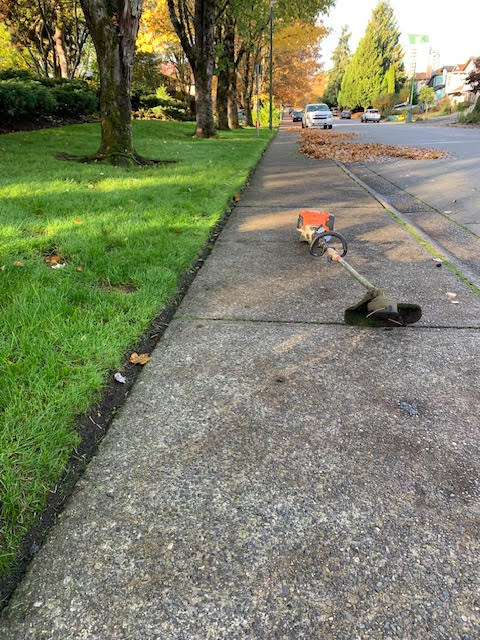

Stop lawn creep
Stop unsightly lawn creep by using a blade edger or vertical line edging from the sidewalk, not the lawn side. The gaps created by lawn creep look awful and invite weeds to move in.




